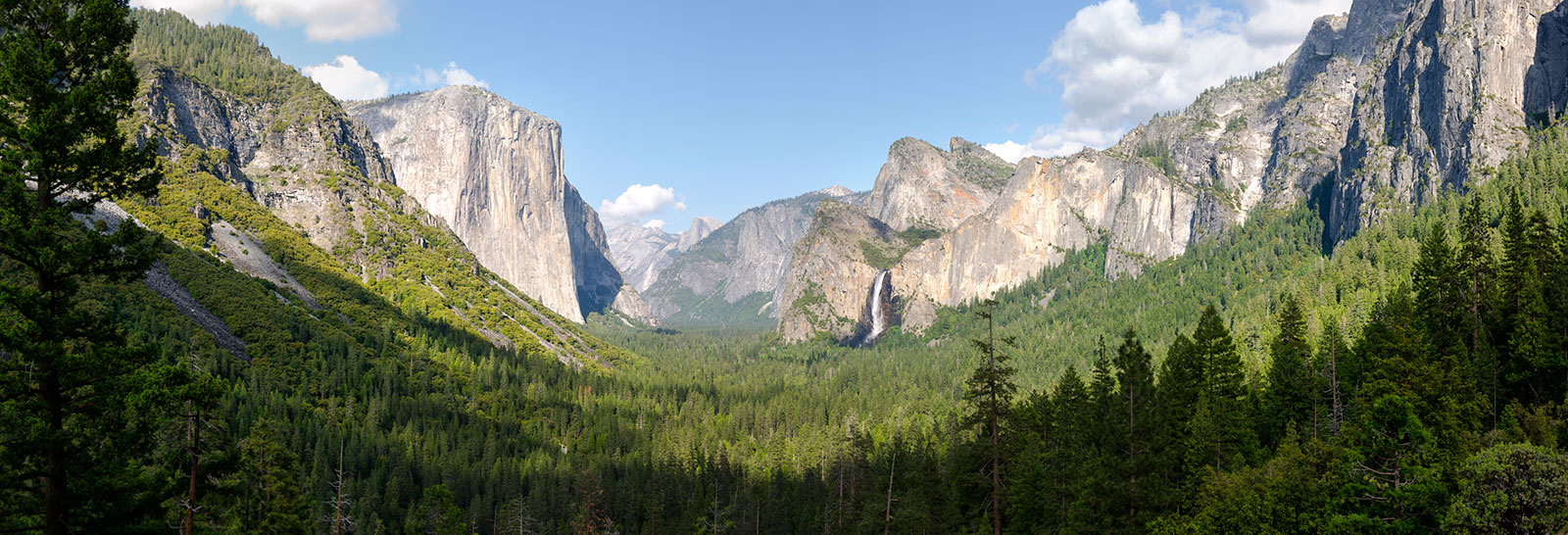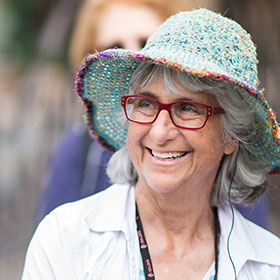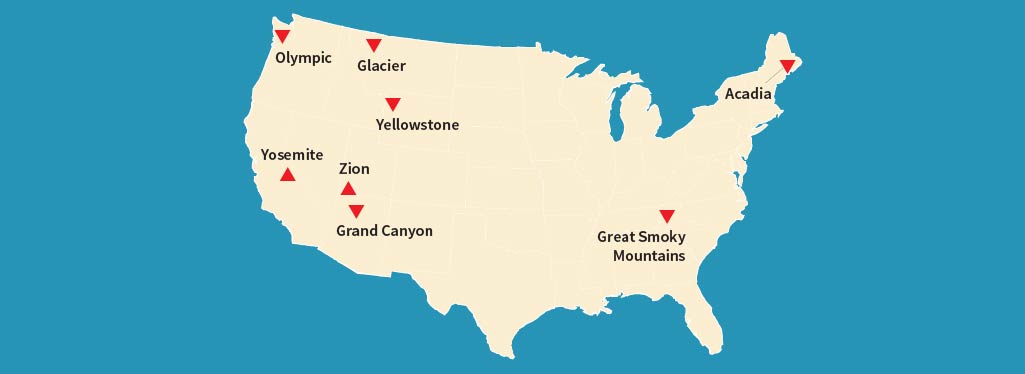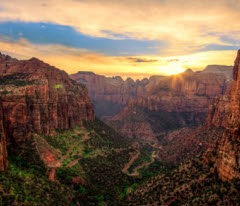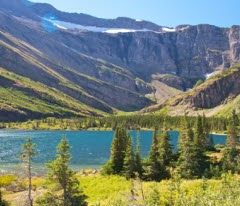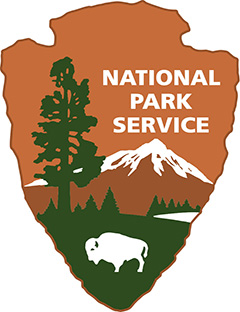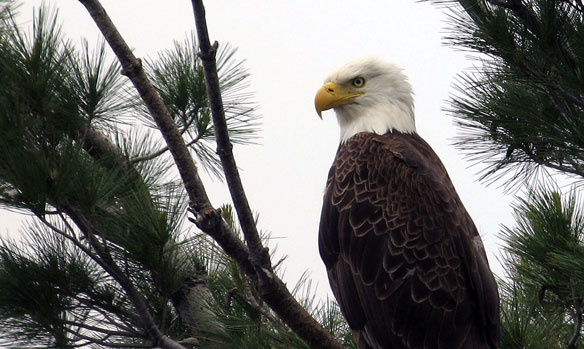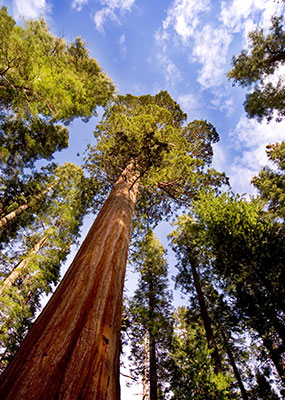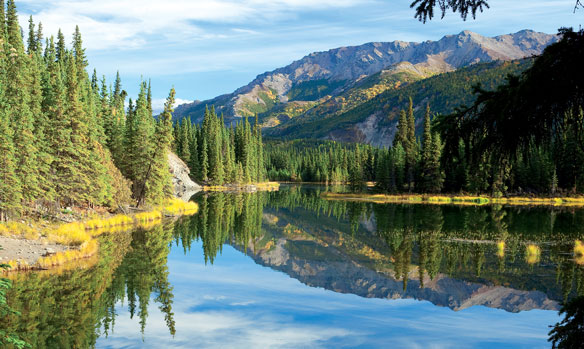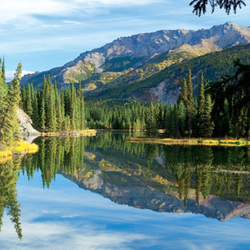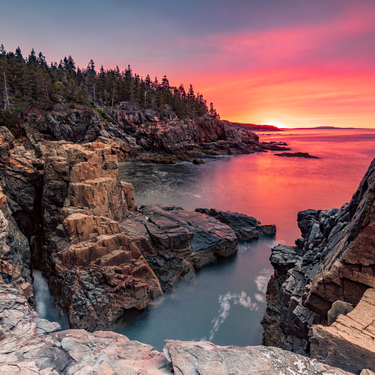How to use the national park travel guide to enhance your visit?
Our national park guide is more than just a list of sights. It’s a valuable tool at your disposal that can be used to help you plan smarter, avoid stress and get the most out of this experiential learning opportunity. To make the most of our national park guide, whether visiting a park for a day or a week, begin by reviewing each park’s highlights and activities to find the ones that best pique your interests and align with your travel goals.
From there, prioritize itineraries that include what you want to see and do, to ensure you’re not wasting time figuring things out when you’re in the park. Once there, you can pick up a handy national park travel guide at the visitor’s center to keep you informed on park information, including operating hours, trail closures, rules and safety tips and seasonal advice. These guides are excellent sources for discovering hidden gems, offering cultural and natural context that makes what you’re seeing more meaningful.
What are some essential national park travel tips for first-time visitors?
Visiting a national park for the first time is an exciting experience for anyone, but knowing that a little preparation goes a long way in making your trip more enjoyable and safe. Here are some essential national park travel tips for first-timers:
- Plan ahead: National parks can be very busy, especially during peak seasons like summer, when families are taking advantage of school vacations and tourists are enjoying the warm weather. That said, it’s smart to research destinations in advance and check the official park website for entry requirements, hours, weather alerts and any trail or road closures. If a park requires entry reservations or timed permits, secure them in advance.
- Know your limits: An important tip in any U.S. national parks travel guide is to choose options that align with your fitness and comfort levels. Many national parks offer trails and activities for all levels, so start with easy or moderate trails if you’re new to hiking or elevation. Additionally, allow yourself ample time to adjust to altitude levels if you’re exploring a park like Yosemite or Rocky Mountain National Park. Don’t feel pressured to see everything. Instead, focus on a few key areas that interest you most and explore at a relaxed pace.
- Bring the right gear: Any national park guide will stress the importance of packing the right equipment. Having the right basics can make all the difference, so make sure to bring comfortable walking or hiking shoes with good grip, a reusable water bottle or hydration pack, sun protection such as a hat, sunglasses and sunblock, layers to accommodate fast-changing weather conditions and plenty of snacks like nuts and granola bars to keep up your energy level.
- Respect wildlife and nature: As we’ve mentioned in this national park trip planner, an essential tip that’s worth repeating, especially for first-time visitors, is to respect wildlife and nature. This means staying on marked trails to avoid damaging delicate ecosystems and maintaining a safe distance from wildlife, as well as refraining from feeding or approaching animals.
- Visit the visitor center: Nearly all national parks have a visitor center, which is an invaluable and educational resource for learning about park highlights, conditions and ranger programs, as well as a place to get up-to-date trail advice and tips suited to your mobility level or interests.
Visiting a national park can be one of the most rewarding travel experiences. With these tips from our national parks travel guide, you’ll be able to explore safely while enjoying the beauty around you.
What are essential national park travel tips for older adults?
The beauty of America’s national parks lies in their accessibility to nearly everyone, enabling visitors of every ability to connect with nature on a deeper level. As an older adult, the right national park trip planner will help you enjoy the scenery and history at a comfortable pace. When planning your trip, keep these national park travel tips for older adults in mind:
- Choose a park that features paved walking paths, shuttle services with scenic drives, accessible visitor centers and restrooms and benches or shaded areas in key areas.
- Take advantage of the America the Beautiful Senior Pass, which, for a one-time fee, affords you access to over 2,000 federal recreation sites, including national parks.
- Travel during the spring and fall shoulder seasons for fewer crowds and a lower likelihood of extreme temperatures.
- Select programs with itineraries that match your pace, including built-in time for rest breaks to stay hydrated and snack.
- Plan according to your physical limitations and pack hiking poles, inquire about wheelchair-accessible trails and carry any necessary medications.
How can a national park trip planner assist me in organizing my visits to multiple parks?
At Road Scholar, our national park trip planners can offer guidance for visiting multiple parks by creating a logical route that minimizes backtracking and long drives, making your trip more efficient and enjoyable. With carefully curated itineraries, you’ll be able to explore multiple national parks in close proximity, with help in obtaining advanced registrations for entry and guided tours. You’ll also receive information on accessible and age-friendly options that feature comfortable lodging and trails with minimal elevation gain and technical terrain. Additionally, our planners will keep you organized with daily schedules and routes, along with insider tips and highlights to enhance your overall experience.
What safety tips should seniors keep in mind when visiting national parks?
Safety is a vital consideration when exploring national parks, particularly for seniors, due to the potential hazards national parks pose, such as extreme weather, wildlife and terrain. To stay safe as a senior traveler:
- Select trails and activities that match your comfort and mobility levels.
- Stay hydrated, especially in high-elevation areas.
- Dress for the weather with layers and sun protection.
- Use walking aids if needed.
- Take breaks to avoid overexertion.


